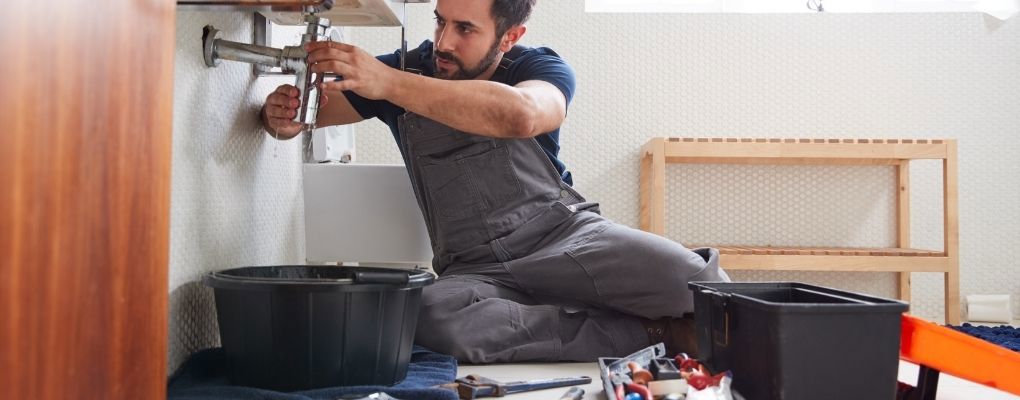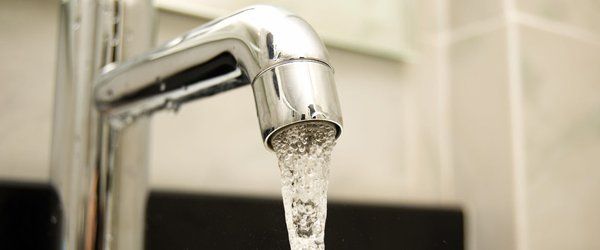Immediate Solutions for Plumbing Issues in Rental Properties
Immediate Solutions for Plumbing Issues in Rental Properties
Blog Article
Just how do you actually feel in regards to How to Handle Plumbing Issues in Rental Properties?

Managing pipes concerns in rental homes effectively is crucial for preserving lessee complete satisfaction and maintaining the residential or commercial property's worth. Whether you're a landlord or a home supervisor, knowing exactly how to attend to these usual problems can save you money and time while ensuring compliance with legal duties. Below's a step-by-step overview on just how to handle plumbing problems in rental buildings.
Document Everything
Keep in-depth documents of all reported pipes issues and the actions taken to fix them. Paperwork must consist of days, summaries of the trouble, interaction with renters, and invoices from service providers or plumbings. This details can be essential for insurance coverage cases, tax obligation reductions, and lawful defense.
Usage Qualified Professionals
Constantly make use of qualified and insured specialists for significant plumbing repairs and installations. This ensures that the work is up to code and can assist prevent liability problems in case of mishaps or further damage. It also reassures tenants that repairs are being handled properly.
Develop Clear Interaction
Motivate tenants to report any plumbing concerns as quickly as they happen. Offer multiple communication channels such as phone, email, or an occupant website to make it simple for them to connect. Prompt responses to these reports can avoid minor issues from rising right into major troubles.
Enlighten Occupants
Educate your lessees regarding what makes up a plumbing emergency situation and what does not. Offer guidelines on just how to handle small problems themselves, such as using a bettor to unclog a commode. Additionally, inform them concerning what they ought to avoid taking down drains to stop blockages, such as oil, coffee grounds, and non-biodegradable items.
Routine Maintenance
Apply a routine upkeep routine for all plumbing systems in your leasing homes. Regular checks can assist identify and settle issues like leakages, sluggish drains pipes, or corroded pipelines before they come to be serious. Think about hiring an expert plumbing to evaluate the properties each year or semi-annually.
Quick Reaction to Emergency Situations
Have a plan in position for responding to plumbing emergency situations. This should consist of having the call information of trusted plumbing services that supply 24/7 emergency repair services. Quick activity is essential to reduce damages in scenarios like burst pipes or extreme leakages.
Preventive Upgrades
Consider updating older pipes systems and components to more contemporary, reliable versions. This can decrease the frequency and extent of pipes issues and lower long-lasting upkeep prices. It's likewise a marketing factor for potential tenants who value upgrades and contemporary attributes.
Lessee Move-Out Inspections
Conduct comprehensive plumbing checks during move-out assessments to make certain that any kind of issues are identified and dealt with before a new occupant relocate. This stops disagreements with brand-new renters over pre-existing conditions and makes sure the building remains in leading problem.
Understand Lawful Duties
Recognize your lawful duties pertaining to pipes and basic building upkeep. The majority of territories call for proprietors to guarantee their residential properties are habitable which all pipes systems are in good working order. Failure to deal with serious issues promptly can bring about lawsuits from tenants.
Occupant Reimbursements
If a pipes issue needs immediate interest and the tenant solves the issue by themselves, have a clear plan in place for compensating costs. Make sure tenants understand they need to get prior approval for higher-cost fixings unless it's an absolute emergency situation.
Conclusion
Dealing with pipes issues in rental residential properties calls for a positive technique and good communication with occupants. By remaining on top of maintenance, responding without delay to emergencies, and using certified specialists, property owners can maintain their homes in exceptional problem and maintain good connections with lessees.
How to Handle Water Damage in a Rental Property
What is Water Damage?
Water damage is harm or destruction caused by water entering areas where it is not supposed to be. It can be caused by a variety of sources and can manifest in different ways. The most common examples of water damage include:
Leaking roof Plumbing leaks Appliance malfunctions Poor drainage Flooding Sewage backup Condensation Tenant negligence HVAC system issues Frozen pipes Is water damage dangerous?
Water damage itself is not inherently dangerous, but it can lead to various hazards and health risks if not promptly and properly addressed. The severity of these risks depends on the extent of the water damage, the source of the water, and how quickly it is mitigated.
Some potential dangers associated with water damage include structural damage, mold and bacterial growth, electrical hazards, water contamination, and pest infestations. In situations where mold and mildew have gone unaddressed, mold can start to develop within 24-48 hours of water exposure, and this can impose a serious health risk to tenants. In particular, mold spores and damp conditions can lead to respiratory issues and even make existing health problems worse, such as allergies, asthma, or immune disorders.
Water Damage in an Apartment - Who is Responsible?
If the water damage is caused by the tenant’s negligence, the tenant is responsible for the cost of repairs. If the water damage is caused by a defect in the property, the landlord is responsible for the cost of repairs. If the water damage is a result of natural causes, such as excessive rain, then the landlord is responsible, since the water intrusion likely occurred due to a defect in the property. Landlord Responsibility water damage in rental property
Since maintaining habitability is the landlord’s legal responsibility, landlords are responsible for any resulting structural damage caused by water damage. These structural damages may include damage to walls, roofs, ceilings, and flooring. If water damage has affected the rental property’s original structure, the landlord is responsible for repairing or replacing those materials. Therefore, landlords should have property insurance that covers the structural components of their rental property so that they can receive help with the costs of covered events.
Preventative measures can also help landlords avoid massive renovations. Preventative maintenance may include conducting regular inspections to identify and address potential water damage before it becomes a major and urgent problem.
If a landlord fails to meet their responsibilities regarding water damage, it can lead to legal disputes and potential liability. Tenants who believe their landlord is not addressing water damage issues in accordance with California law can seek legal advice or contact local housing authorities for assistance.
https://www.goodlifemgmt.com/blog/water-damage-in-a-rental-property/

We hope you liked our part about 10 Common Rental Property Repairs. Thanks for taking a few minutes to browse our article. Do you know another person who is interested by the niche? Take a moment to share it. Thanks for your time spent reading it.
Report this page